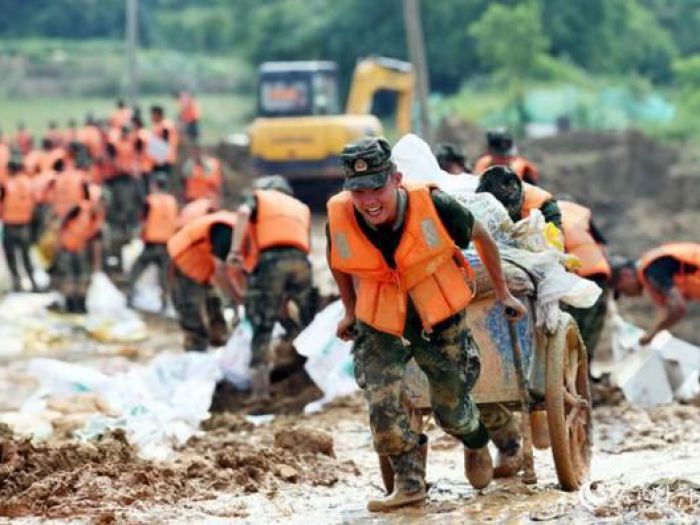What materials are balloon catheter welding machines mainly suitable for?
The rotary three-station balloon catheter welding machine is mainly suitable for welding polymer materials, especially materials commonly used in medical device manufacturing. The following are some of the main materials suitable for welding with this equipment:
1.Thermoplastic polyurethane (TPU):
◦ TPU is widely used in medical equipment manufacturing due to its good biocompatibility, elasticity and wear resistance, such as the manufacture of balloons, catheters and other parts. The turntable three-station balloon catheter welding machine can accurately control the welding parameters to achieve high-quality welding of TPU materials.
2. Polyethylene (PE):
◦ Polyethylene is a commonly used polymer material with good chemical stability and biocompatibility. In medical equipment manufacturing, PE is often used to make some parts that need to withstand certain pressure and wear, such as the outer wall of the catheter. This equipment is also suitable for welding PE materials.
3. Polyvinyl chloride (PVC):
◦ Although PVC is limited in some medical applications due to its biocompatibility issues, it may still be used in certain specific cases, such as when making some parts that do not directly contact blood. The turntable three-station balloon catheter welding machine also has the ability to weld PVC materials.
4. Nylon (PA):
◦ Nylon has high strength, wear resistance and corrosion resistance. It is often used in medical equipment manufacturing to make some parts that need to withstand greater mechanical stress. The equipment is also capable of welding nylon materials.
5. Other polymer materials:
◦ In addition to the above materials, the turntable three-station balloon catheter welding machine is also suitable for welding a variety of other polymer materials, such as polytetrafluoroethylene (PTFE), polypropylene (PP), etc. These materials are also widely used in medical device manufacturing.
It should be noted that the welding parameters (such as temperature, time, pressure, etc.) of different materials may be different. Therefore, when using the turntable three-station balloon catheter welding machine for welding, it is necessary to adjust and optimize according to the characteristics of the specific material and the welding requirements. At the same time, operators need to receive professional training to ensure the correct use of the equipment and the consistency of welding quality.
With the continuous advancement of medical technology and the continuous emergence of new materials, the scope of application of the turntable three-station balloon catheter welding machine may continue to expand. Therefore, in practical applications, it is necessary to select and use it according to specific needs and material characteristics.


.jpg)
